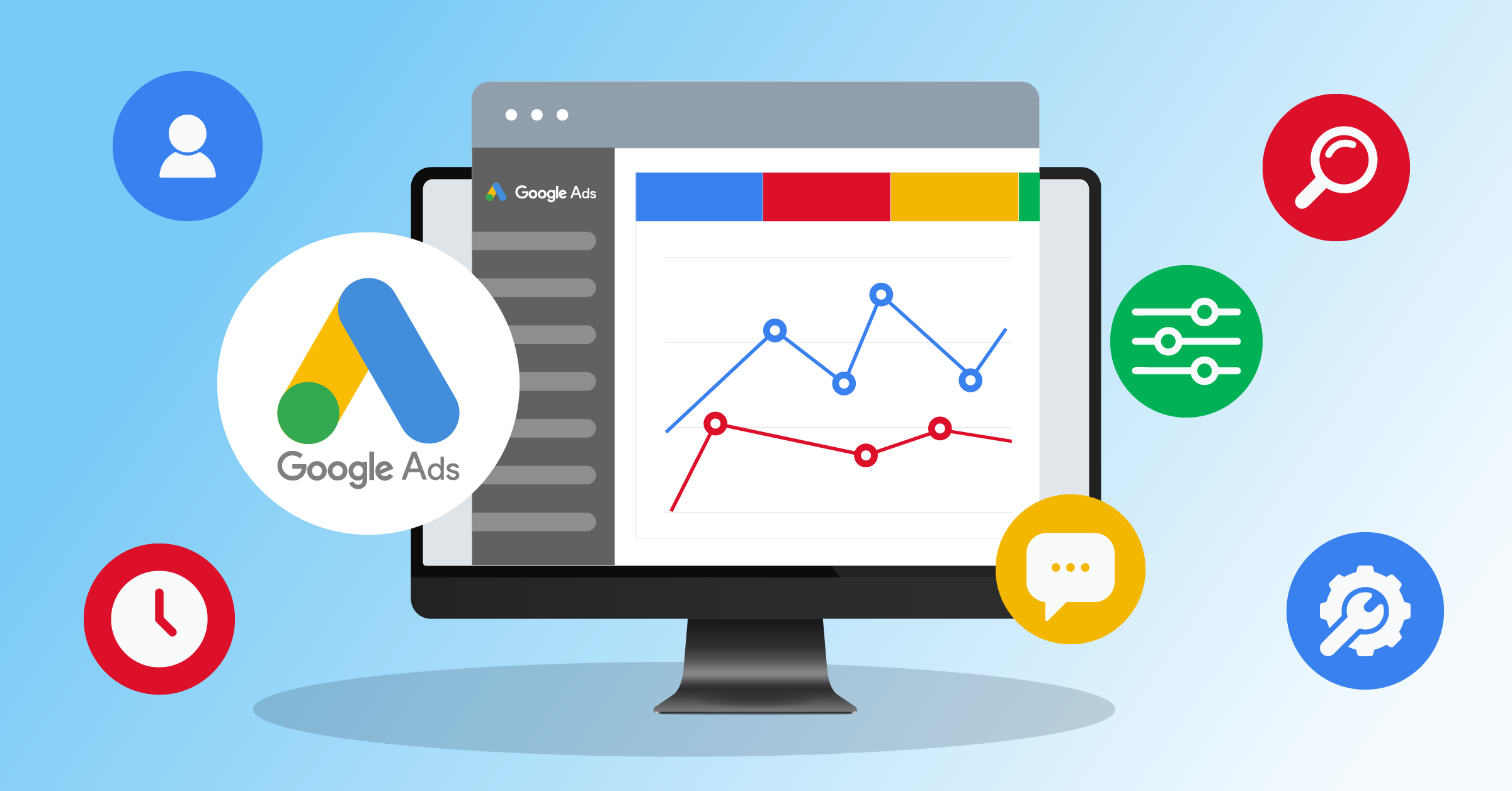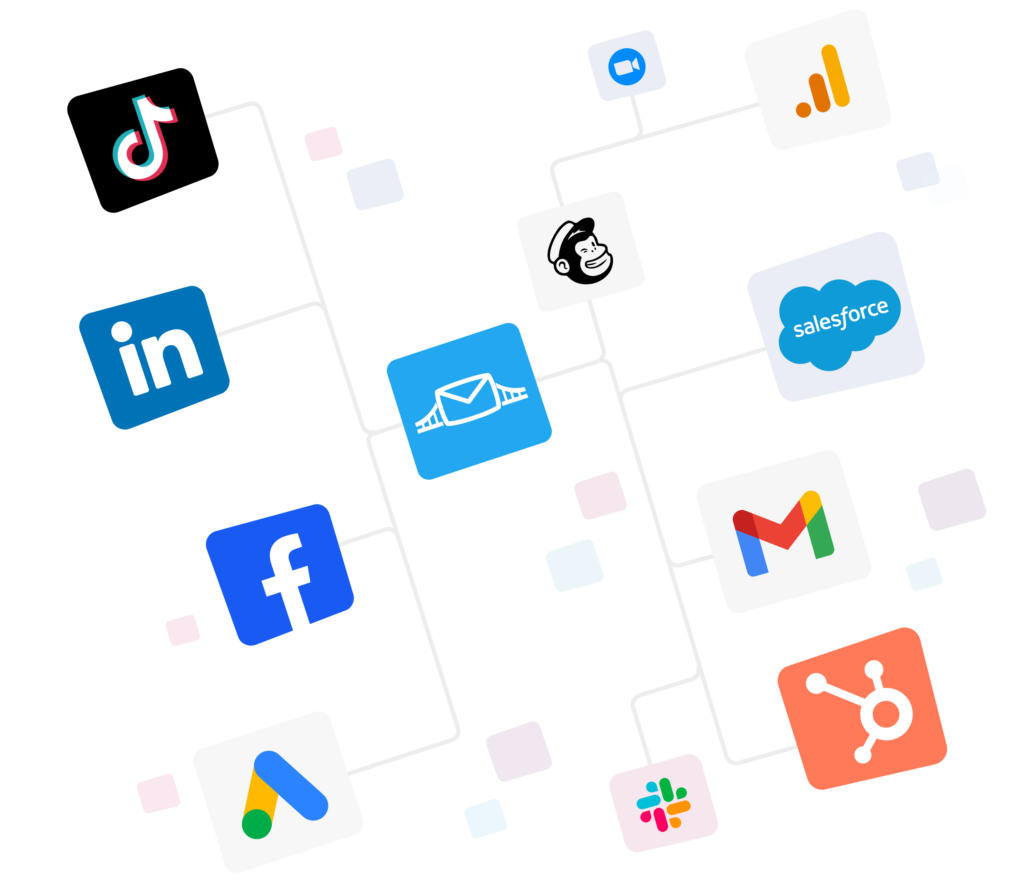
Marketing automation is more of a strategy than a few bunched-up tasks and tools. When done right, it shortens sales cycles and makes every campaign work better.
But how long does it take to implement marketing automation based on real-world models?
That depends on your niche, business size, and whether you are implementing partial or full-scale automation.
This article gives you clear steps on how to implement marketing automation using the right tools and strategies. Along the way, you’ll see where a purpose-built integration layer can make your automation workflows much simpler.
How to implement marketing automation
Wondering how to implement marketing automation? Here are a few actionable steps you can implement today.
Step 1: Define outcomes before selecting tools
No matter what you do, you should always start with your business goals. Pick one revenue outcome you can measure in money or pipeline.
For example, “Increasing qualified demo bookings by 30%” or “Reducing cost per sale by 15%.”
Then, set three to five KPIs and break them down into monthly, weekly, and daily tasks. You’ll need to track these weekly.
For instance, this data can come from important events such as time-to-first-touch, when and how MQLs convert to SQLs, ROAS (return on ad spend), and CAC (customer acquisition cost).
Once you have set your goals, you will know which tools can help you achieve them. Clear goals prevent tool sprawl and random automations.
Step 2: Audit your stack and data
List every system that touches a lead or customer. This can include ad platforms, website forms, e-commerce, CRM, email service provider, and analytics.
Map how all this data flows right now. You want to check for the basics:
- Are form fields consistent? First name vs. Firstname breaks automations.
- Do you capture consent and source? You need this for privacy and targeting.
- Do leads sync in real time or with delays? Delays kill speed-to-lead.
Fixing data early on and identifying the issues saves weeks of time later.
Step 3: Map one journey end-to-end
Choose the single path that generates the most revenue across your buyer’s journey.
B2B marketing automation, for example, might be something like “Meta Lead Ad → SDR → demo → proposal.”
For B2C marketing automation, it could be “Paid click → add-to-cart → purchase → repeat.” Draw the steps.
At each step, you’ll need to define:
- Trigger: The event that starts an action.
- Message: What to send or show.
- Owner: Marketing, sales, or system.
- Success metric: What “good” looks like.
Step 4: Select your platform and integration layer
Your marketing automation system is your data engine. You could be using HubSpot, ActiveCampaign, Mailchimp, Marketo, or Klaviyo.
No matter your tool, your integration layer is the base that makes the engine useful across channels. This is where LeadsBridge earns its keep.
LeadsBridge connects major ad platforms to your CRM or MAP using the following features:
- Lead Sync: Real-time delivery of leads from Meta, Google, LinkedIn, and TikTok to your CRM or email platform.
- Audience Sync: Always-fresh custom audiences built from your CRM segments for precise targeting and lowering your ad expenditure.
- Conversion Sync: Send actual sales and events back to ad platforms, such as Meta Conversions API and Google Conversions, so algorithms optimize to real outcomes.
LeadsBridge is built for marketing and advertising workflows, with 380+ integrations and partnerships with Meta, Google, LinkedIn, and TikTok.
Explore available connections within LeadsBridge integrations for marketing automation.
Step 5: Prepare data and compliance
Data privacy mishaps can put your business at risk. That’s why you need to standardize data before you automate:
- Normalize fields and values (country codes, phone formats).
- Attach UTMs and a unique lead ID to every record.
- Define event names that match your platforms (e.g., “Lead,” “Purchase,” “Qualified_Lead”).
- Set consent flags and preference centers to respect GDPR/CCPA.
Here’s a general outline of what needs to be done when it comes to data standardization:

Step 6: Build your first three automations
Start with simple wins that move revenue. Let your marketing automation platform (MAP) handle the messages. Then, automated data bridges can run the pipes that move data fast and in an organized manner.
Here are some must-have set-ups to consider:
- Speed-to-lead flow
When a new lead comes in from ads, automated lead syncing drops it into your CRM. LeadsBridge integrations do this in real time.
The system assigns an owner automatically, fires a same-day email or SMS, creates a sales task, or adds the contact to a short “New Lead Nurture.”
The target is a first human touch in minutes, because response time affects conversion more than almost anything else.
- Nurture and scoring
When a lead isn’t ready, you need to nurture them and maintain a scoring rhythm. Send 4–6 emails over about three weeks that teach them about the product they are interested in, answer objections, and show proof.
Hand the lead to sales only when the score and behavior show they are conversion-ready. This workflow increases the number of your SQLs (sales qualified leads).
- Audience retargeting loop
As leads move through stages, you need to keep your ads relevant. Using custom audiences across Meta, Google Customer Match, and LinkedIn Matched Audiences, you can track changes in status or behavior.
Also, you get to remove customers from prospecting to cut waste and push warm leads into consideration.
Connecting your CRM with audience features in your ad platforms keeps spending focused on people most likely to act, driving higher ROAS without having to increase your budget.
Take a look at the high-performing marketing automation examples for a better understanding of how this strategy works.
Step 7: Catch issues before your customers do
Automation without testing can backfire. That’s why you need to test every step:
- Submit test leads from each ad source. Check field mapping and de-duplication.
- Confirm emails render on mobile and land in your inbox.
- Verify events hit your ad platforms’ server-side with correct IDs.
- Set alerts for sync errors or API limits. A single broken field can throw off an entire KPI.
Step 8: Launch in phases
Start by launching your first three core flows: speed-to-lead, nurture via scoring, and audience retargeting.
Let them run for two weeks. Don’t add anything new until those three deliver clean data and consistent results.
Then add three more:
- Abandoned cart or quote follow-up.
- Upsell and cross-sell after purchase or renewal.
- Win-back for inactive users.
Each new flow must have a clear trigger, content, owner, and metric in order to create purposeful automations.
Step 9: Measure what brings in revenue
Your dashboards should answer four straightforward questions:
- Do we contact leads fast enough?
- Are we qualifying sufficiently?
- Are the close rates reasonable?
- Is our ad spend justifiable?
Track all your KPIs and identify the steps that add friction, as well as the steps that lead to conversions.
Step 10: Train and scale
Scale comes from discipline, not hacks. Standardize names and versions, and train sales teams to act on new leads within 15 minutes.
A good practice is to check logs weekly, clean lists and consent monthly, and give every flow one owner. This might seem tedious, but data hygiene protects your revenue and enables you to grow without compromising stability.
How long does it take to implement marketing automation?
It depends on the scope of your business and your data maturity. Implementing marketing automation might fall into these ranges:
- Basic setup takes about 2–4 weeks. Real-time lead sync from major ad platforms, one nurture flow, simple scoring, basic Audience Sync, and conversion tracking on core events.
- Standard cross-channel about 4–8 weeks. Multiple lead sources, sales routing, three to five automations, server-side conversions (Meta CAPI, LinkedInConversions), and dashboards connected to the pipeline.
- Advanced multi-product about 8–12 weeks. More in-depth segmentation, lifecycle stages, offline revenue feedback to platforms, and channel-specific creative testing at scale.
- Enterprise, multi-region and brand about 3–6 months. Complex data unification, legal reviews, many stakeholders, and phased rollouts.
These are just rough estimates. They may stretch when data is disorganized, decision-making is slow, or content is under-resourced.
Time needed may be even less when data is clean and all systems are connected through purpose-built integrations.
Learn all you need to know about marketing automation for small businesses here.
Why use a specialized integration layer like LeadsBridge?
Marketing needs speed, data accuracy, and ad-platform workflows: You need automation and hands-off data management in all these areas.
LeadsBridge is built for marketers:
- Optimize ROAS with real-time, consent-based audiences that stay fresh.
- End slow, error-prone lead syncs so sales act immediately.
- Measure true sales impact by pushing actual conversions back to Meta and Google.
- 380+ marketing integrations, tuned for advertising workflows, not generic IT tasks.
Final takeaways
Understanding how to implement marketing automation systems is simple enough if you have a structured approach.
However, you still need to use a specialized layer like LeadsBridge to make the pipes reliable and fast.
Apart from all the resource-friendly advantages that come with automation, an interconnected data system also closes the loop between your data signal and ad spend.
And this is the foundation any business needs in order to be able to scale.
Want to see what connects out of the box? Discover LeadsBridge integrations for marketing automation.






























